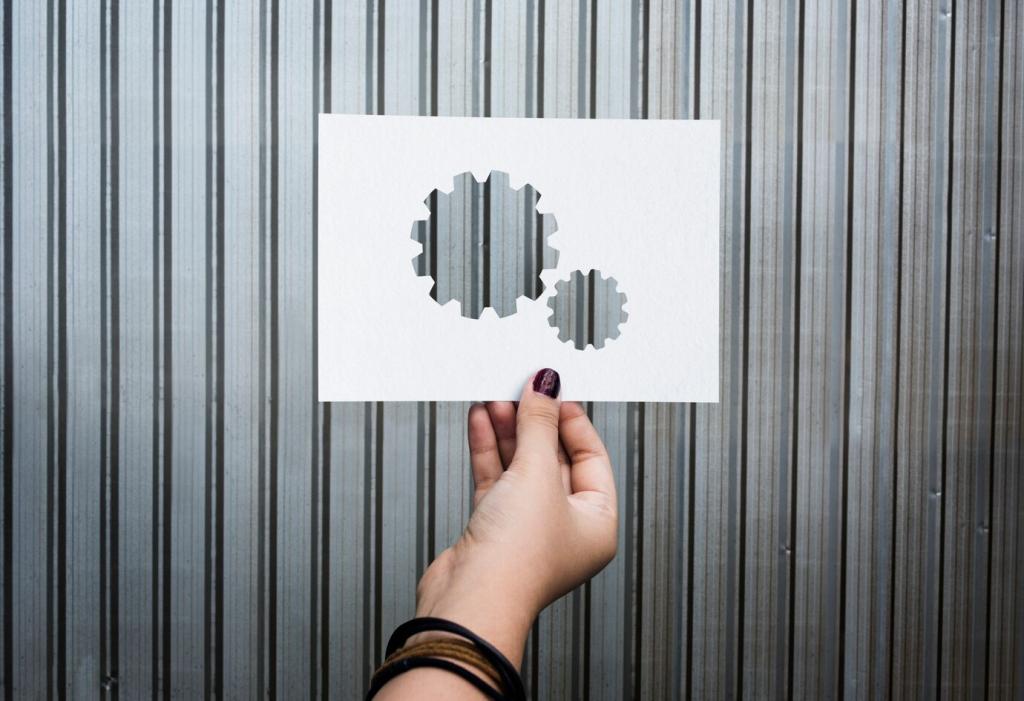Today’s chosen theme: How to Fix Loose Veneer and Laminate. Welcome to a hands-on, friendly guide filled with practical steps, cautionary tales, and smart tips. Whether your tabletop bubbles or a cabinet edge has lifted, we will help you restore strength and beauty. Share your questions in the comments, subscribe for new fixes, and join our DIY community of curious, capable makers.
Run your palm across the surface and listen for hollow sounds; light tapping reveals voids beneath veneer and laminate. Look for lifted corners, hairline cracks along edges, and subtle discoloration where moisture intruded. Catching these clues early simplifies repairs, reduces material waste, and preserves more original surface integrity.
Spotting the Problem Early
Kitchen steam, spilled drinks, sun-warmed windows, and long, humid summers slowly weaken adhesive bonds. Portable heaters or hot pans can shock the surface, causing sudden lift. Over years, tiny stresses accumulate, especially on edges and seams. Understanding these causes guides smarter repairs and smarter prevention choices afterward.
Spotting the Problem Early

Choosing the Correct Adhesive for Veneer vs. Laminate
For veneer, yellow PVA glue or liquid hide glue allows workable open time and reversible cleanup. For laminate, contact cement provides immediate tack and full-area bonding. Epoxy shines when substrates are compromised. Always check manufacturer instructions and climate recommendations, then test on scraps before committing to the full repair.

Clamps, Cauls, and Rollers That Make Repairs Last
Even pressure is everything. Use flat cauls wrapped with wax paper to prevent sticking, and distribute force with multiple clamps. For laminate, a J-roller chases out air and sets the bond. In tight areas, painter’s tape and creative wedging provide pressure. Document your setup and share it to help fellow readers.

Safety First: Ventilation, Solvents, and Protective Gear
Open windows, use fans, and wear a respirator when working with contact cement or solvent cleanup. Protect eyes from splashes and hands from adhesives with nitrile gloves. Keep rags in sealed metal containers, and label everything. Safe habits not only protect you today, they support consistent, confident repairs tomorrow.
Veneer Repair, Step by Step
Gently pry the veneer using a thin palette knife, lifting only enough to create a channel. Vacuum dust and scrape old glue carefully. Use a syringe or credit card edge to deliver adhesive evenly beneath the flap. Patience here prevents splits. Tell us which tools help you feel the bond seat properly.


Veneer Repair, Step by Step
Apply gentle heat with an iron through kraft paper to activate glue and reduce bubbles, then clamp with cauls for uniform pressure. Align grain meticulously, protect edges, and watch for squeeze-out. Tighten clamps gradually, rechecking alignment. Share your clamping photos to guide others through this delicate, rewarding moment.
Laminate Repair, Step by Step
Surface Prep: Deglossing, Old Adhesive Removal, and Dry Fit
Scuff both surfaces with fine abrasive to promote adhesion, then remove old glue using a scraper and appropriate solvent. Dry fit your laminate piece to ensure perfect alignment. Mark registration points with tape. Thorough prep minimizes surprises and gives you confidence when the adhesive window finally opens.
Applying Contact Cement Correctly
Brush or roll even coats on both surfaces, respecting coverage rates and recommended open time. Use dowels as spacers to position without premature bonding. Remove dowels one by one, rolling firmly from center outward. Good ventilation, patience, and pressure create a bond that resists heat cycles and everyday abuse.
Edges and Seams: Trimming, Flush Cuts, and Chip Repairs
After bonding, trim with a flush-trim bit or a sharp laminate file, moving in controlled strokes. Break sharp edges slightly to reduce future chipping. For small chips, fill with color-matched epoxy or repair paste, then level and polish. Share your edge-banding tricks and favorite bits in the comments.
Finishing and Color Matching That Fool the Eye
Use a firm sanding block, light pressure, and high grits to keep the surface flat while protecting the fragile face. Stop frequently to inspect sheen and color. If unsure, burnish rather than sand. A reader once saved a walnut nightstand by switching to micro-mesh pads just in time.
Test stains on offcuts or hidden areas, layering dye for undertone and pigment for body. Consider toner coats to unify color across old and new. Keep a mixing notebook. Share your recipes and the lighting conditions you tested under, because daylight can reveal surprises that workshop bulbs conceal.
Rub out finishes with synthetic pads or polishing compounds to dial sheen precisely. Satin next to gloss looks like a repair, so blend across a larger area. Try a final wax for warmth if compatible. Tell us which products gave you the closest sheen match and why they worked.

Preventing Future Failures
Moisture Management and Temperature Control
Use coasters, seal sink cutouts, and maintain indoor humidity between roughly forty and fifty percent. Avoid placing appliances that emit heat directly under laminate overhangs. Small silicone bumpers under hot items help more than people expect. Share your climate control strategies, especially if you live in coastal or desert conditions.
Care Habits That Extend the Life of Veneer and Laminate
Clean with mild soap and soft cloths, avoiding harsh solvents and scouring pads. Train yourself to lift, not slide, heavy items. Add protective edge trim in high-traffic zones. Simple habits, repeated daily, keep bonds tight and surfaces beautiful. Encourage friends to subscribe for reminders and seasonal care checklists.
Maintenance Calendar and Quick Checks
Every few months, inspect edges, seams, and areas around sinks or radiators. Tap, listen, and look for changes. A tiny lift today is a ten-minute fix, not a weekend rebuild. Post your maintenance checklist template so others can print, follow, and keep their repairs holding strong for years.
